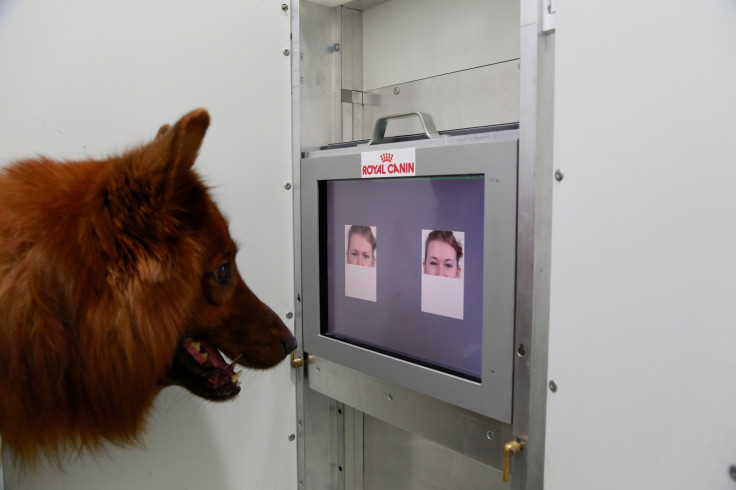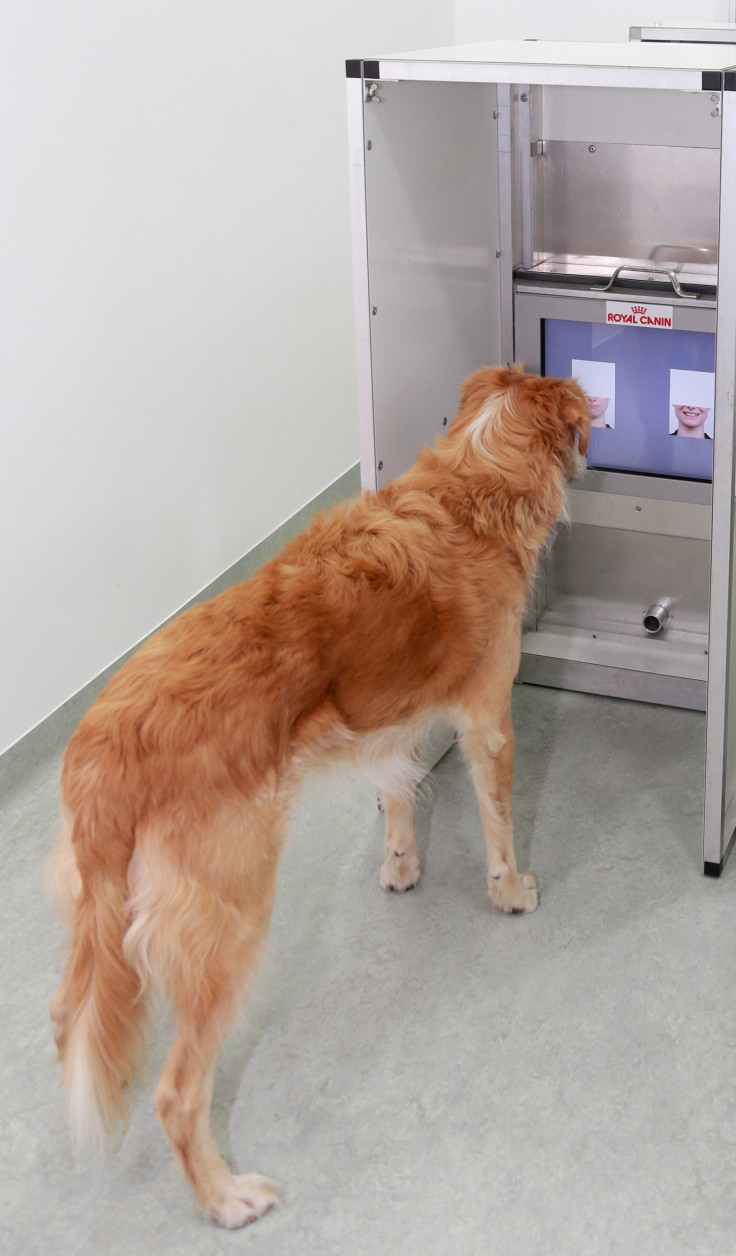Dogs can tell the difference between happy and angry human faces

Dogs are able to tell the difference between a happy human face and an angry one, scientists have discovered.
Researchers from the University of Veterinary Medicine Vienna have for the first time provided evidence that dogs can discriminate between emotional expressions of humans – the first time any non-human animal has been shown to do so in a species other than their own.
While previous studies have attempted to work out if dogs can work out human emotional expressions, none have provided convincing results.
In their study published in the Cell Press journal Current Biology, researchers trained dogs to discriminate between images of the same person making a happy or angry face.
Dogs were shown just the upper or lower half of the face. They then tested their abilities by using different pictures, such as using the other half of the face than was used in training, or other half of new faces.
Findings showed dogs were able to select the angry or happy face more often than would be expected by chance.

It showed dogs could identify facial expressions and that they could transfer what they had learned to new cues.
"We think the dogs in our study could have solved the task only by applying their knowledge of emotional expressions in humans to the unfamiliar pictures we presented to them," said researcher Corsin Müller.
Senior author Ludwig Huber said: "Our study demonstrates that dogs can distinguish angry and happy expressions in humans, they can tell that these two expressions have different meanings, and they can do this not only for people they know well, but even for faces they have never seen before."

While it is not clear what an angry or happy face means to the dog, researchers believe they associate smiling with positive meaning and anger with negative – the dogs were slower to learn to associate the angry face with a reward, suggesting they knew from past experiences to avoid angry-looking people.
A study from November last year found that dogs not only understand what we are saying, but how we are saying it.
Researchers from the University of Sussex found dogs can process components of human speech, including emotional tone and gender. Lead author Victoria Ratcliffe told IBTimes UK: "They are paying attention to what you're saying to them. They are getting more from us than we previously thought.
"It could be that we've selected dogs that are better at responding to speech and human vocal commands because they're the dogs that are going to be the best ones if you want to use them for cooperating with people.
"Obviously most dogs live with people - more than they interact with other members of their own species - so it's really important they communicate with us and to be able to know what we're trying to communicate to them."
© Copyright IBTimes 2024. All rights reserved.






